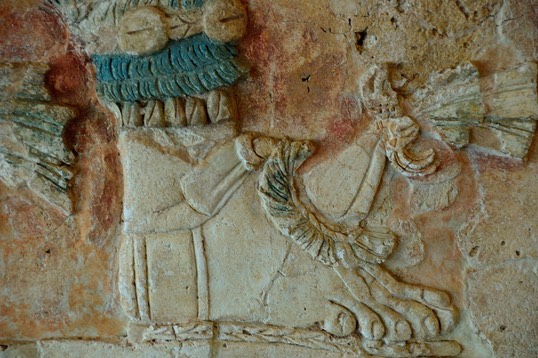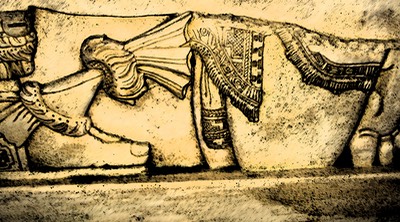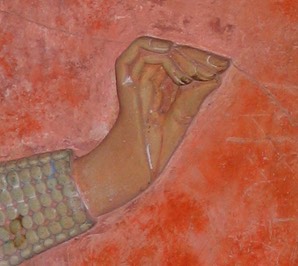Reflexology is an ancient healing art that can be traced back thousands of years. The oldest documented evidence of its practice can be seen in the hieroglyphics on the walls of a pharaoh's tomb in Saquarra, Egypt. These images date from 2,400 B.C. (pictured above right).
There is also evidence that reflexology was practiced in India, and China thousands of years ago. Many other cultures and religions also revere the feet, as significant and symbolic as the point to bow down to.
In Western culture though, it was not until the twentieth century that reflexology reemerged, and became established as an acceptable and effective alternative therapy.
Reflexology treatment is provided by a skilled practitioner, who is trained to apply pressure to the reflex points that are located on the feet and hands.
It is at these locations in our body, where nerves end. By applying pressure to the reflex points located here, the reflexologist is able to restore balance, or “homeostasis” to the body.

Reflexology has become recognized as an acceptable alternative, or complementary therapy in many countries. In the United States of America, legislation as regards the practice of reflexology differs from state to state.
Where some states require the practitioner be licenced as a massage therapist, others 'exempt' practitioners from licencing altogether. In such states, the decision to practice rests with the therapist, and the amount of training they have received.
The duration of reflexology certification programs vary, but the content is generally very similar.
Reflexology is sometimes confused with massage. Although it might be practiced by massage therapists; reflexology work is more akin to acupressure or shiatsu, as treatment is through the application of pressure to specific points.
Reflexology is safe and non invasive, and there are very few contra indications.
As a holistic therapy, reflexology considers any factors that might affect, or have affected a client’s health, and present condition. Besides focussing on a physical condition that might be present in the client, the reflexologist also considers emotional, and mental factors.

